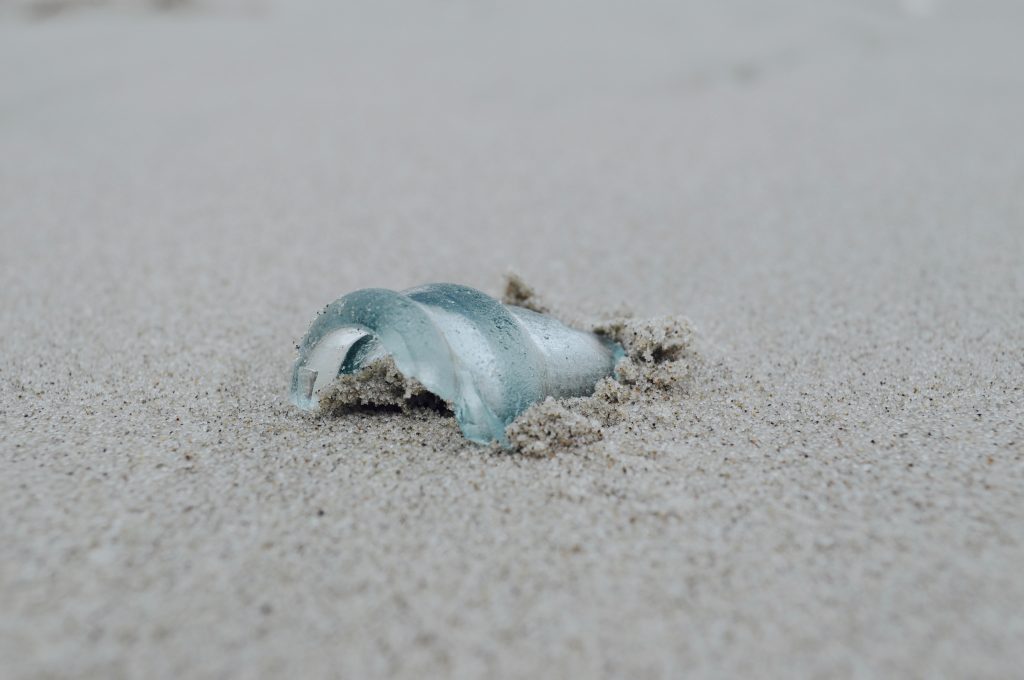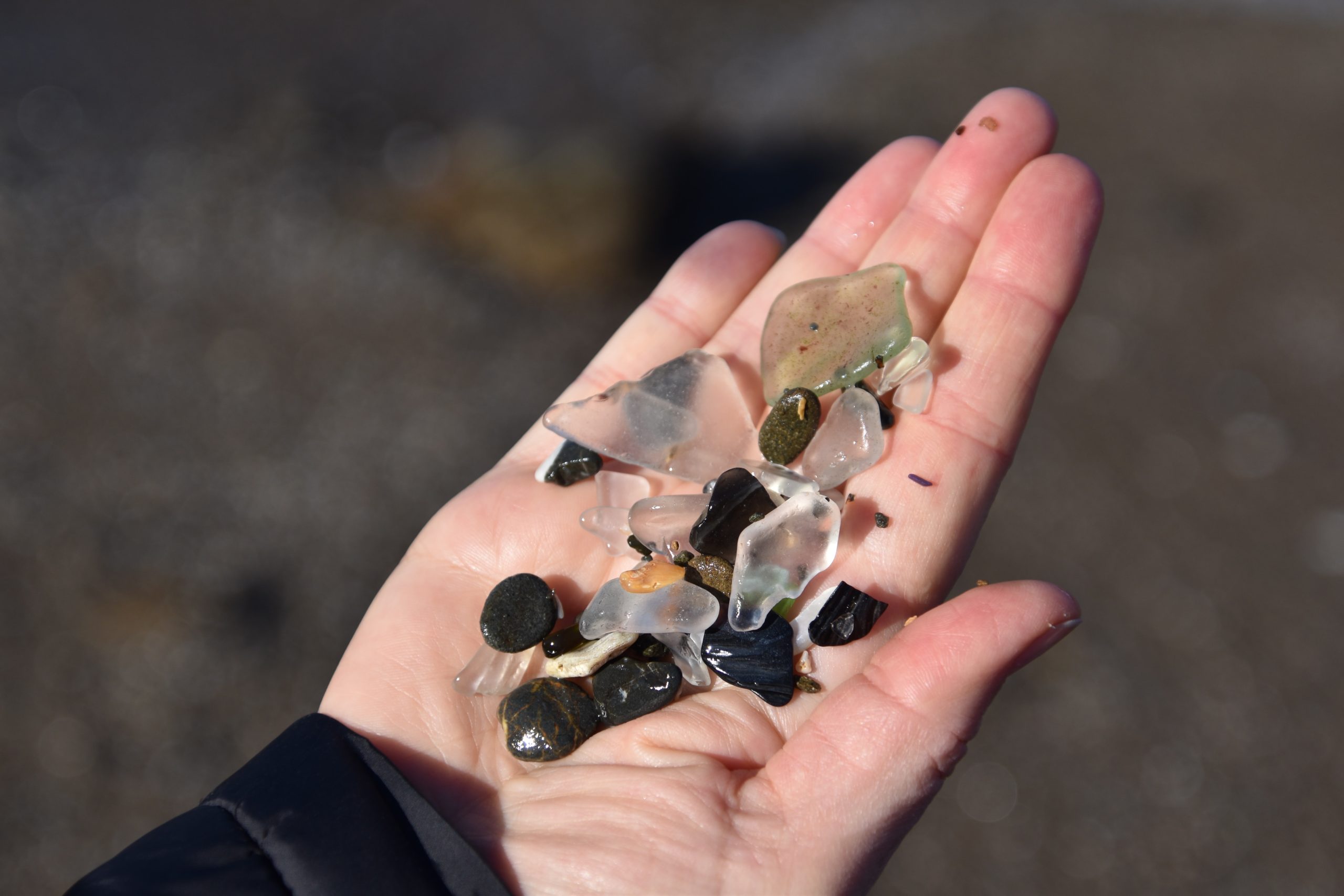If you are looking for a fun beach pass time for your next trip to Myrtle Beach, look no further than beach glass collecting. These colorful pieces of nature are becoming increasingly popular among collectors. Hobbyists proudly display their collections in decorative glass jars or stack them ornately to show off for guests. Catch a glimpse of a collector’s precious stockpile and you may discover an itch to get out there and collect some sea glass of your own. However, you may not know where they come from or what to look for in beach glass. Here are some important facts to help you along.

How Beach Glass Is Formed
The process of producing sea glass involves chemical transformations. Saltwater combines with soda and lime to form tiny crystals. These crystals are dissolved in the ocean and eventually wash ashore. Over time, they erode and create a frosted patina. This is called hydration.
When people live in coastal communities, they often toss their trash into the water. It is also dumped along shipping lanes and shorelines. Because of this, there are a number of beaches that are littered with glass. There are more plastic products in use today than glass.
How to Recognize Beach Glass
Sea glass comes in different shapes, colors, and sizes. Some varieties are triangular. Other forms, such as amber, are shaped like medicine bottles. In general, sea glass is smoother than the more frosted and shiny beach glass. You can find sea glass on a variety of beaches, including the ones near large lakes. It is found on some of the Great Lakes in the U.S. and the Caribbean, as well as in many areas of the world.
Aside from its frosty appearance, sea glass has a unique shape and texture. In order to get its characteristic shape, it has to sit in the ocean for at least 30 years. Although it is a beautiful gemstone, it is actually a product of man’s neglect of the natural world.
Where Beach Glass Comes From
Glass has always been a part of our waste. For centuries, ships carrying cargo would throw their refuse overboard. Many of the cargo included glass bottles, tableware, and pottery. When the cargo was deposited in the shoreline, it was broken down by the rocks in the coastline.
The resulting shards of glass are then tossed by the waves and washed ashore. They may be rounded or may be smooth. Most beach glass is brown, but it can come in other colors. While emerald green, red, and purple are rarer, they are also produced.
Beach glass is usually found on freshwater or saltwater beaches. It may be a smooth or rough surface, and may have spots or pits that are caused by the saltwater. Despite its natural origins, beach glass can be manipulated into decorative pieces of art.
How to Start Collecting
To collect beach glass, you will need to visit a coastal area that has been affected by storms. During a strong storm, the waves will churn up the water and create abrasive action on the sand and glass. This will smooth the edges of the shards and allow them to tumble.
Get to the beach early, so that you will have access to all of the detritus that has washed ashore before other glass hunters have picked it upon. Veterans of the hobby typically bring along a sand dipper to save their backs from the strain of bending over and making it easier to sort through the shells, sand, and rocks intermingled with the beach gloss.
Armed with this knowledge, you’re ready to go search for beach glass in Myrtle Beach. When you understand the long process of beach glass formation, not only are you better prepared to find this sought-after treasure, you are more appreciative of its beauty and rarity. Happy beachcombing!
